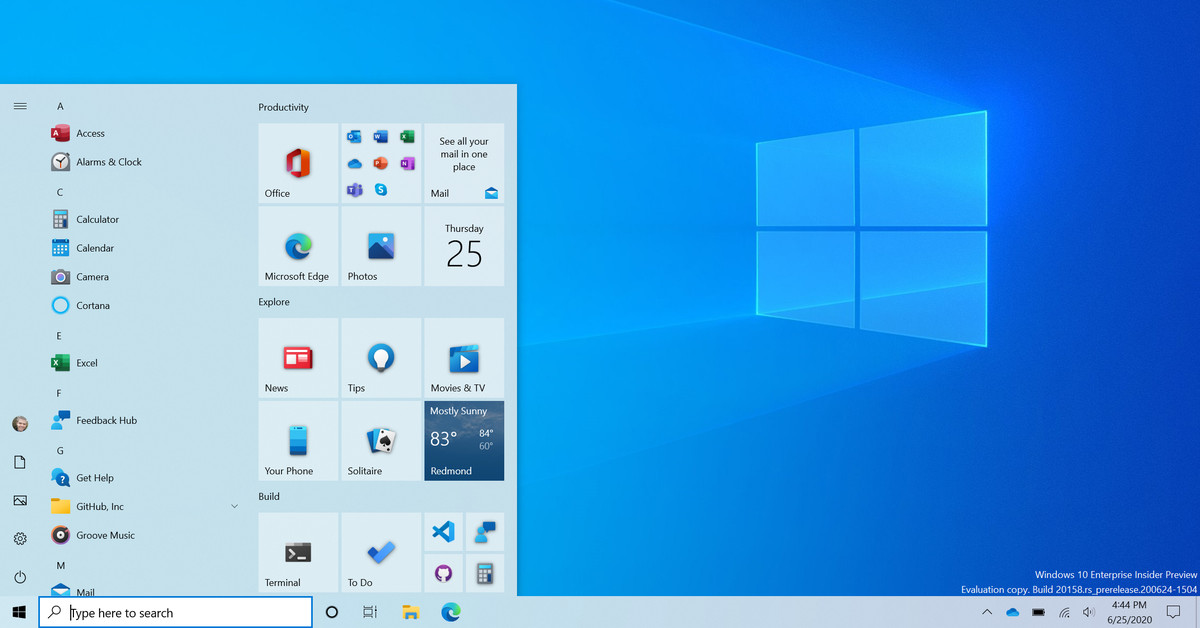
The development of Windows 10 reflects Microsoft’s efforts to create a modern operating system by taking feedback from previous versions into account. The mixed reactions to Windows 8 pushed Microsoft to develop a more balanced and user-friendly experience. In this process, they aimed to blend the popular desktop interface of Windows 7 with the touch-centric innovations of Windows 8. The focus was on delivering a familiar desktop experience while incorporating modern technologies into the operating system.
During the development of Windows 10, user feedback was highly prioritized. Through a program called the “Windows Insider Program,” users were able to experience early versions and provide feedback to Microsoft. This program played a significant role in shaping the features of Windows 10, allowing the operating system to evolve in line with user needs. In response to user demands, features like the return of the Start menu were implemented, and a feature called Continuum was introduced to ensure a seamless transition between devices.
Microsoft adopted a “Windows as a Service” approach with Windows 10, allowing for continuous updates to the operating system. This “software as a service” model ensured that Windows 10 would not remain as a static version but would evolve over time. This approach enabled Microsoft to continuously make improvements in security, performance, and user experience, positioning Windows 10 as a flexible operating system capable of adapting to emerging technologies.



